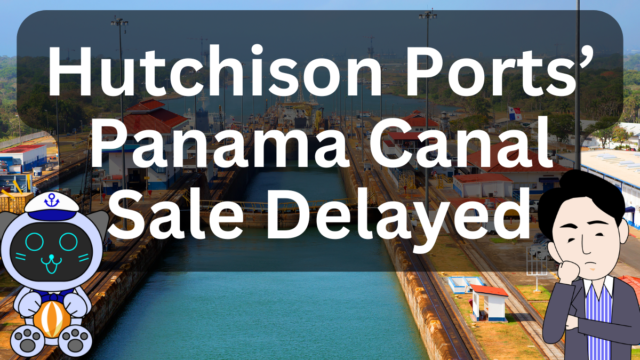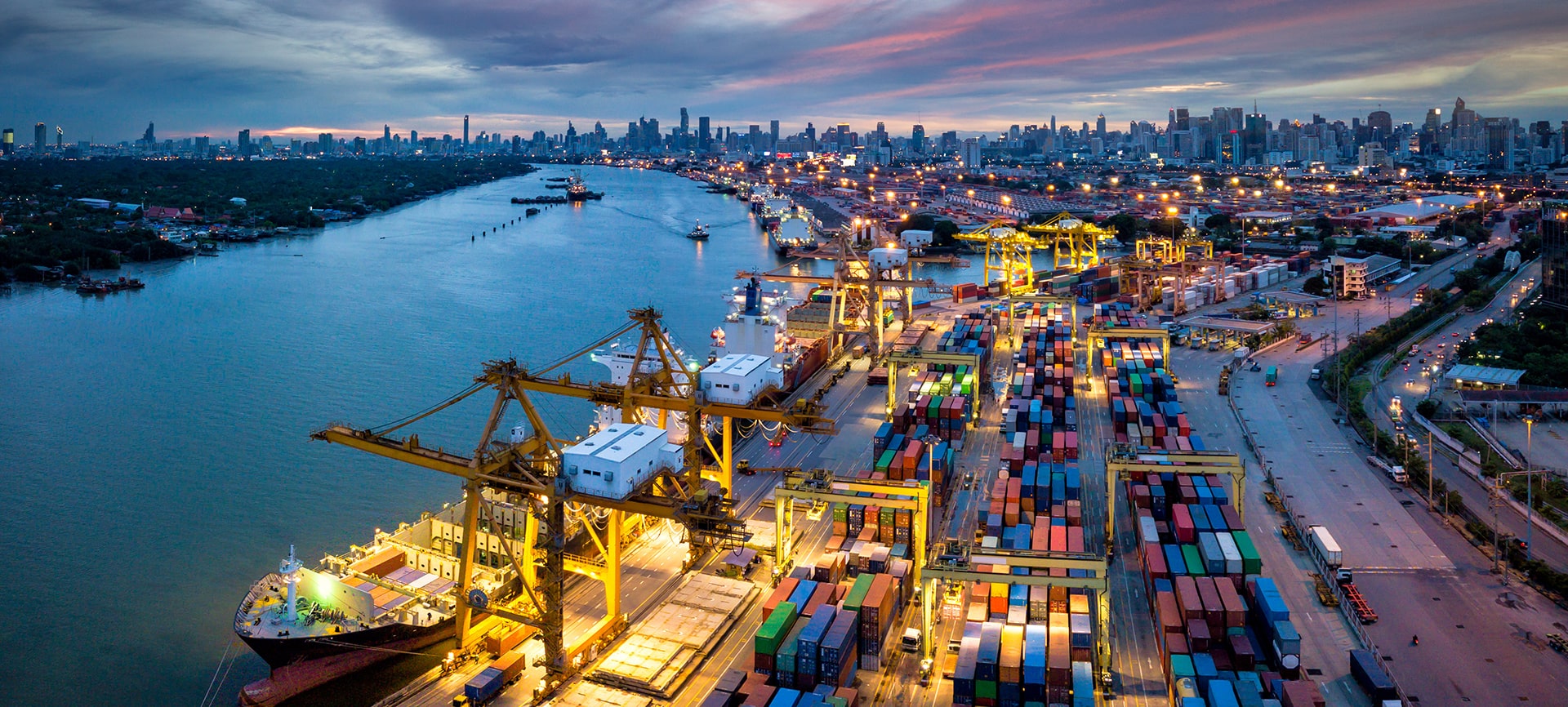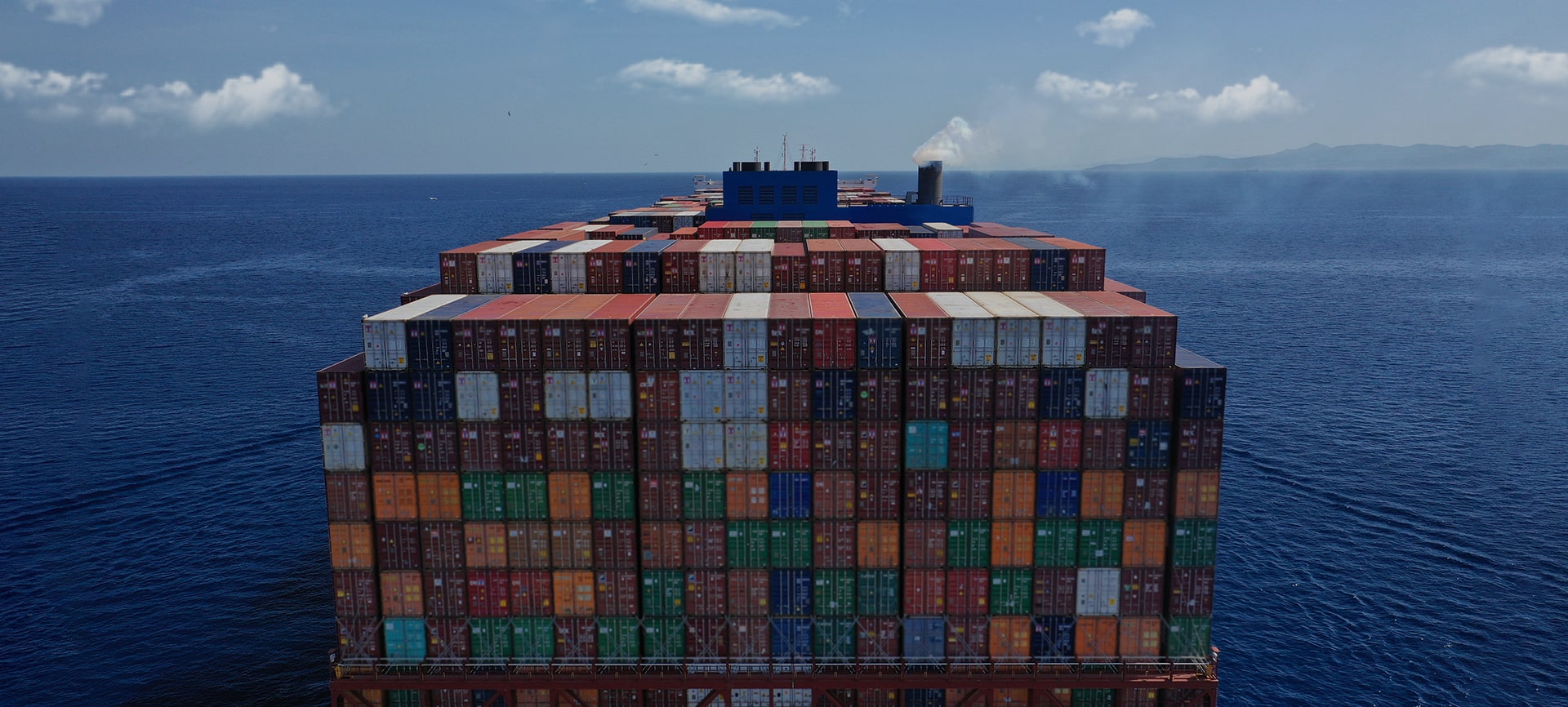Posted on: November 6, 2024 / Last updated: November 6, 2024
How the Canadian West Coast Port Strike Impacts Logistics: North American Market Implications

A port strike on Canada’s West Coast is causing disruptions in North American logistics, leading to rerouted shipments from Asia to North America.
This article delves into the background of the strike and its impacts on the market.
Strike at Canada’s West Coast Ports
The International Longshore and Warehouse Union (ILWU) Local 514 has declared a strike in Canada, following prolonged wage negotiations with the British Columbia Maritime Employers Association (BCMEA).
The labor agreement under negotiation expired at the end of March last year, and discussions have continued without resolution.
The employers’ group has offered a 19.2% wage increase, but an agreement remains elusive.
Impact on North American Logistics
The strike’s impact is not limited to Canada; it extends to North American logistics overall.
In 2021, a similar strike at Vancouver port led to shipments being redirected to U.S. ports such as Seattle and Tacoma, resulting in significant congestion.
A similar pattern is emerging now, as cargo originally bound for Canada may be redirected to the United States, causing congestion and potentially increasing transportation costs and delivery times for trucking and rail.
Potential Effect on Ocean Freight Rates from Asia to North America
If the strike continues, it could impact ocean freight rates for shipments from Asia to North America.
Freight rates are currently stable, but prolonged disruptions could drive prices up.
This situation calls for careful monitoring as it could affect the entire supply chain.
The Canadian port strike is affecting shipments from Asia to North America, potentially impacting freight rates and delivery timelines.
The logistics industry must closely monitor the situation and consider contingency plans to mitigate disruptions.


![[Industry Trends] MSC Becomes First to Reach 900 Vessels! Focus Shifts to North-South Routes with Independent Operations | IINO san's Logistics News](/wp-content/uploads/2025/04/20250417en-640x360.png)
![[Maritime Shipping Now] Container Freight Rates Remain Flat – What Lies Ahead? Impact of US-China Tensions | IINO san's Logistics News](/wp-content/uploads/2025/04/20250415en-640x360.png)








